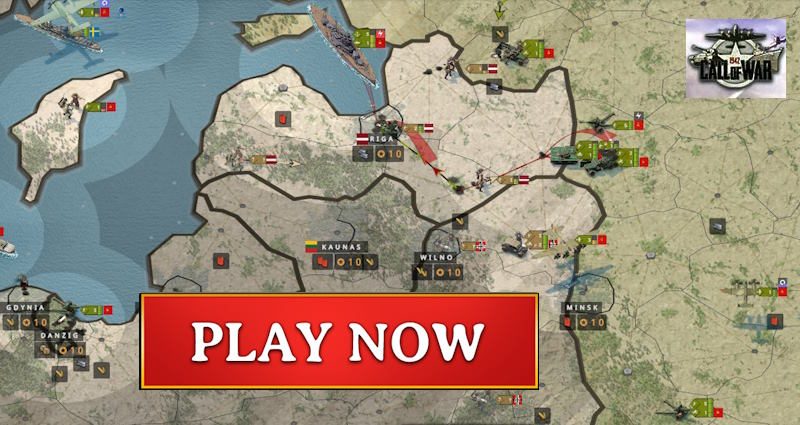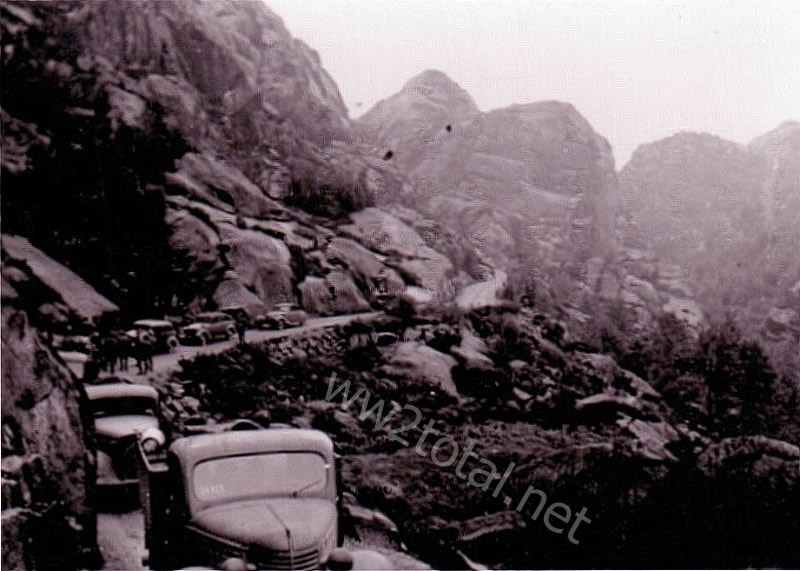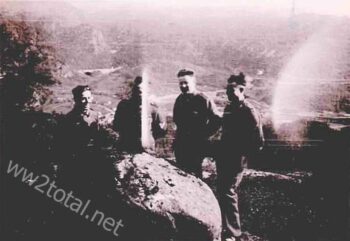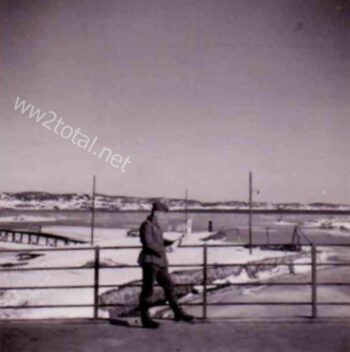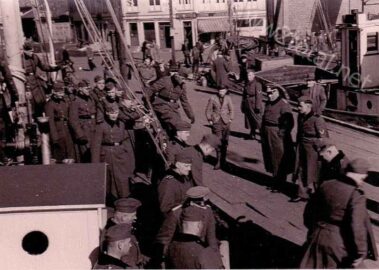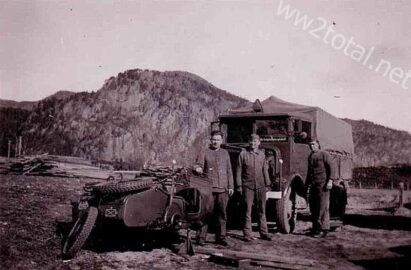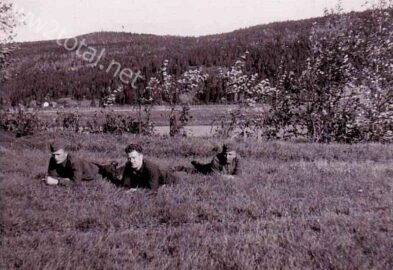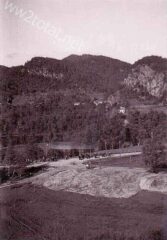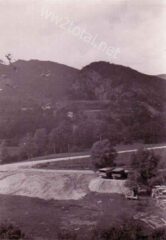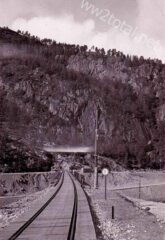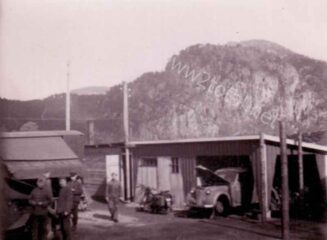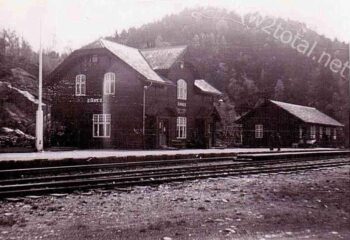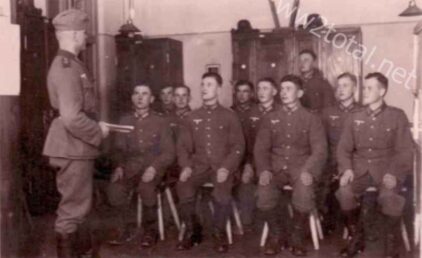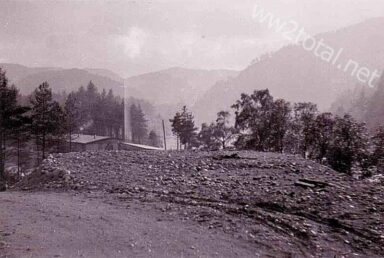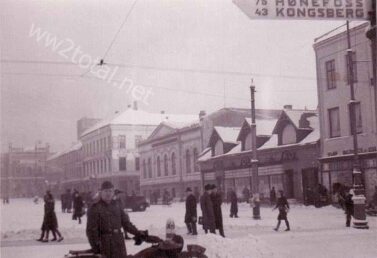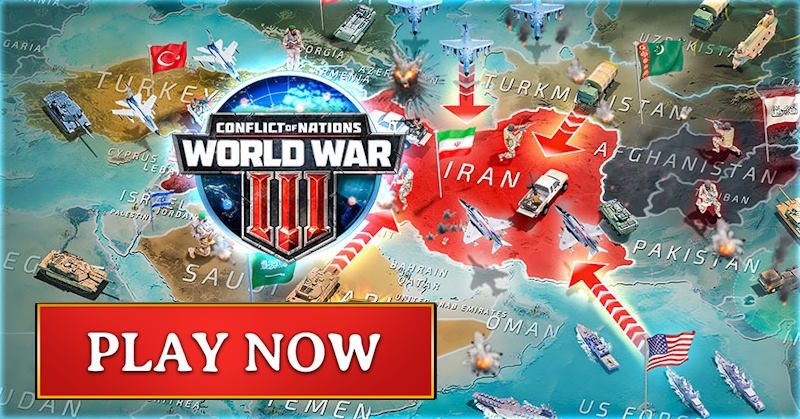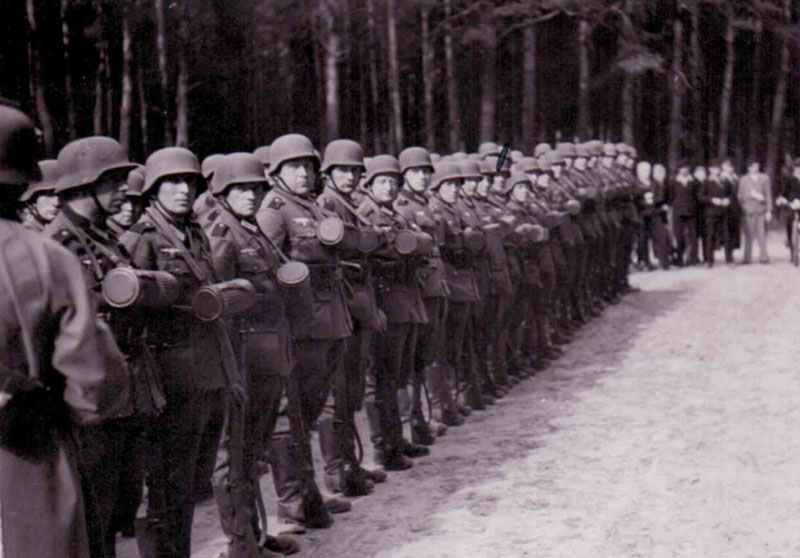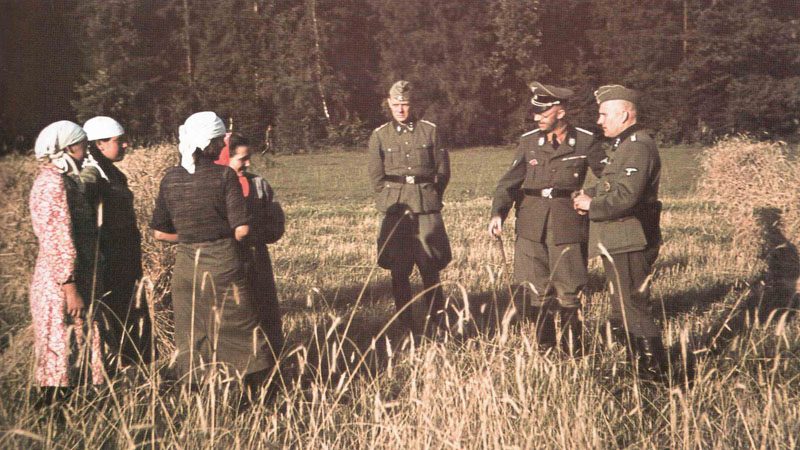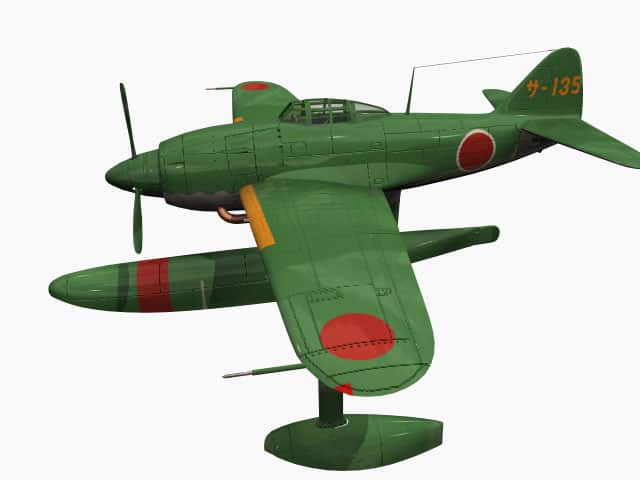WW2 pictures from Norway 1942 to 1944.
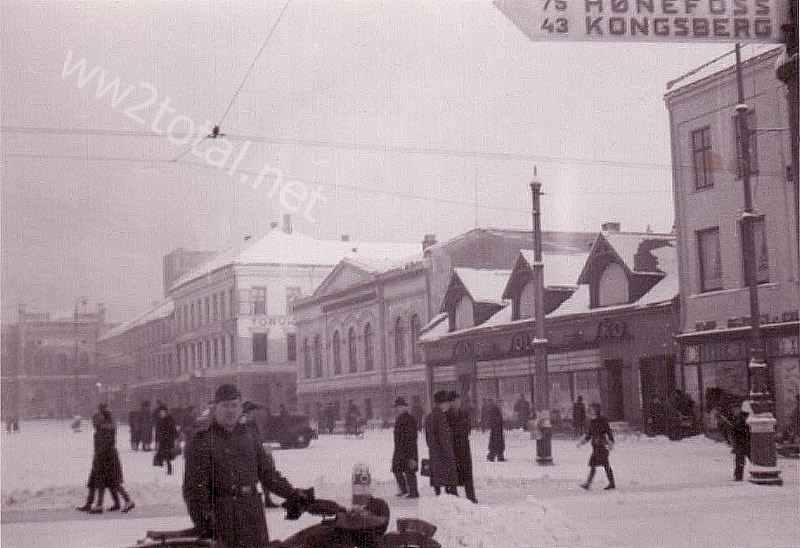
German occupation of Norway 1942-1944
The German occupation of Norway during the Second World War began on 9 April 1940 and lasted until the end of the war in Europe on 8 May 1945.
Vidkun Quisling, the leader of the Norwegian fascist party Nasjonal Samling, attempted to take power during the invasion in 1940. He later formed a collaborative government under German control.
Norway’s long coastline and access to the Atlantic Ocean made it an important location for German naval operations and for the protection of shipping routes transporting Swedish iron ore to Germany.
The Germans set up several concentration camps in Norway, such as Grini and Falstad, where they imprisoned political prisoners, resistance fighters and Jews.
Around 770 Norwegian Jews were deported to concentration camps during the occupation, mainly to Auschwitz. Only a few dozen survived.
Allied and Norwegian resistance:
– Shetland Bus: A notable aspect of the resistance involved the ‘Shetland Bus’, a clandestine maritime operation that transported agents, refugees, and supplies between Norway and the Shetland Islands in Scotland.
Svalbard and Heavy Water Sabotage: Significant resistance operations included the sabotage of heavy water production at Vemork, which was crucial for Nazi Germany’s nuclear weapon research. These operations were pivotal in hindering German progress in developing atomic weapons.
When the war on the continent was lost, the occupying forces in Norway finally surrendered on 8 May 1945.
The German occupation of Norway had a profound impact on the country, its economy and its population, leaving lasting scars and memories that can still be felt today.
Photos from Norway 1942-44
Pictures from a soldier of the Wehrmacht in Norway between 1942 and 1944. The photos are from the occupation times and from the preparations to reorganize the 214th Infantry Division as a combat reserve of the OKW (Headquarter of the German Army) since the summer of 1943.
Furthermore, an interesting note which was sent to the Wehrmacht Commander Norway from the High Command on October 31, 1943: ‘It is increasingly complained that the relationship between the German Wehrmacht soldiers and the population is to close, particularly the increase related to marriage license or divorce applications. Appropriate countermeasures are required.’




